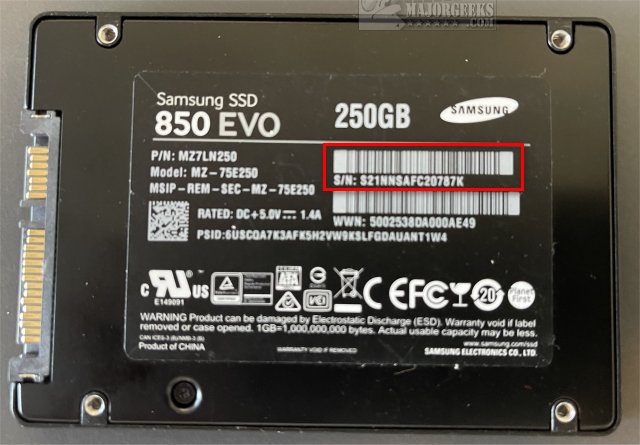


Neuter is the only gender that always suits me.’ (see book Disavowals: or cancelled confessions ) Cindy Sherman later used photography for her own purposes in a similarly subversive way. In Claude Cahun’s autobiography titled Disavowals, Cahun explains: ‘ Masculine? Feminine? It depends on the situation. For her self-portraits, she always slipped into new roles, portraying herself as an androgynous person and testing gender boundaries. In her art photographs, Claude Cahun has mainly made herself a motif. Claude Cahun: Androgynous Portrait Artist I am in training don’t kiss me by Claude Cahun, 1927, via Daily Art Magazineįrench photographer Claude Cahun, whose civil name was Lucy Renee Mathilde Schwab, was an early photographer, sculptor and author of Surrealism. Today, Cunningham is especially known for her flower motifs and close-ups of Lilies and other flowers.Ħ. While Imogen Cunningham did not allow herself to be distracted by this from the atmospheric photography of naked bodies, her style changed over time towards the new objectivity. Initially, the young female photographer, who was initially very committed to the style of pictorialism (and therefore of Gertrude Käsebier), achieved a scandal in 1915 with the nude portrait of her husband called The Bather. Today Cunningham herself is one of the most important photographers of the 20th century. Imogen Cunningham is considered a fervent representative of her contemporary Gertrude Käsebier. Imogen Cunningham: Botanical And Nude Photographer Triangles by Imogen Cunningham, 1928, via Howard Greenberg Gallery, New York with Glacial Lily by Imogen Cunningham, 1927, via MoMA, New York In an interview with a reporter in 1893, she explained: ‘ It is another pet theory with me that there are great possibilities in photography as a profitable and pleasant occupation for women, and I feel that my success helps to demonstrate this, and it is for this reason that I am glad to have other women know of my work.’ (see Clarence Bloomfield Moore, Women Experts in Photography, p. Unlike many other women at that time, Frances Benjamin Johnston was well aware of her role as a role model for other women. In this role, she documented big and small events in Washington at the end of the 19th century with her camera and photographed the most important personalities of the city for about five decades. Frances Benjamin Johnston: Early American Press Photographer The Post-graduate class of 1900 by Frances Benjamin Johnston, 1900, via MoMA, New Yorkįrances Benjamin Johnston was one of the first female press photographers in the United States. Gertrude Käsebier: Notable American Pictorialist The Manger by Gertrude Käsebier, 1899, via The Art Institute of ChicagoĤ.

This you can also see in the photograph Julia Jackson that was taken by Julia Margaret Cameron in 1867.ģ. The portraits, it seems, show more than just the surface – they also let the viewer see the inside of the persons. There is always a kind of mystical veil over the faces of those portrayed. Reijlander and pre-Raphaelite painting, Cameron created photographs that are always characterized by a soft focus. With her portraits of the British upper class, Julia Margaret Cameron became one of the most important British photographers of the Victorian era. Julia Margaret Cameron led a bourgeois life as a housewife and mother for many years until she began taking photographs in the British colony of India and in England at the age of 48. Julia Margaret Cameron: 19th-Century Portraitist Julia Jackson by Julia Margaret Cameron, 1867, via The Metropolitan Museum of Art, New York with The Passing of King Arthur by Julia Margaret Cameron, 1874, via The Metropolitan Museum of Art, New York With this knowledge as a foundation, the illustrated book British Algae: Cyanotype Impressions was finally published in 1841.Ģ. From John Herschel, the early photographer learned about the cyanotype process. He introduced Atkins to photogenetic drawing in 1839. Anna Atkins learned the technique for this work from the pioneer of photography par excellence, William Henry Fox Talbot. In 1841, at the age of 42, she published the first book illustrated exclusively using a photographic process. She was an English botanist and illustrator. Anna Atkins: An Early Female Photographer Part of illustrated book British Algae: Cyanotype Impressions by Anna Atkins, 1841, via Horniman Museum & Gardens, LondonĪnna Atkins is considered one of the first female photographers ever.


 0 kommentar(er)
0 kommentar(er)
